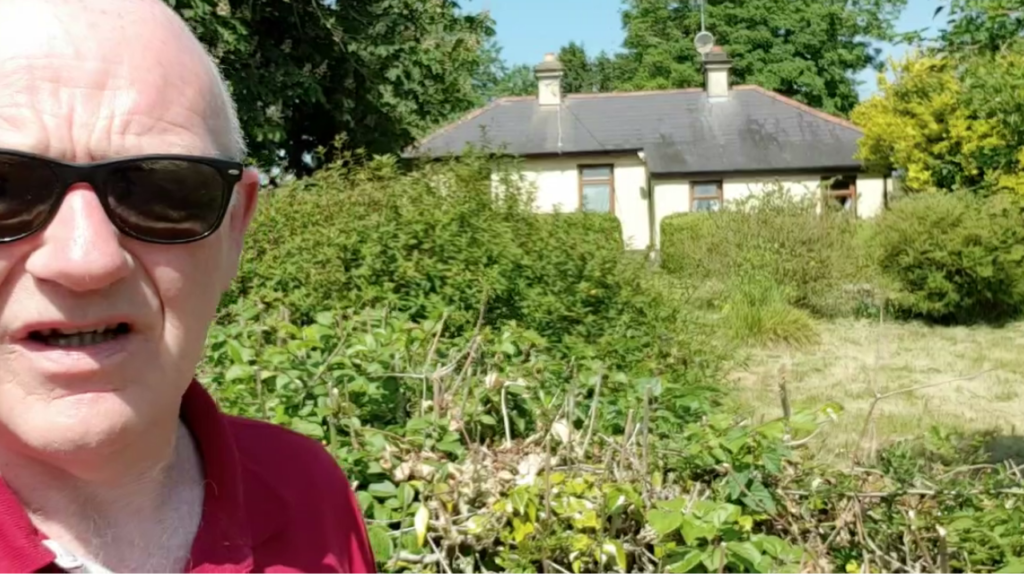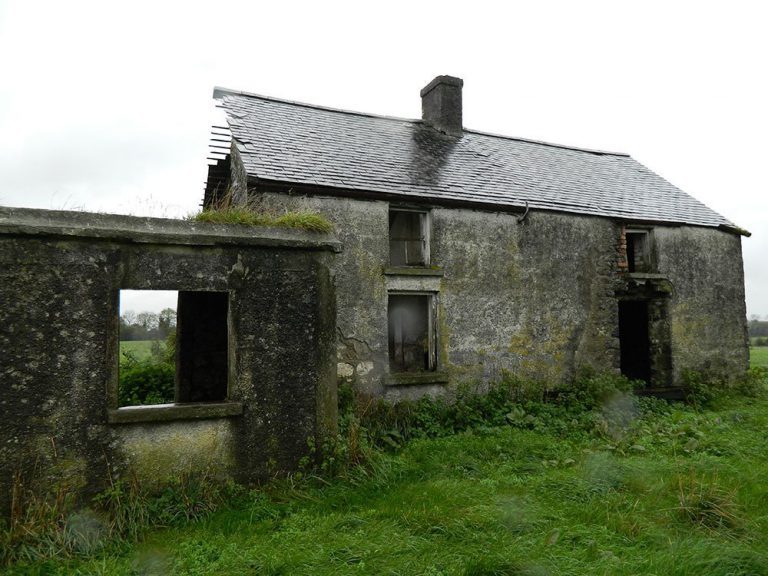
The Vacant Property Refurbishment grant allows you to refurbish vacant and derelict residential properties. You can live in the property or rent it out.
The grant is €50,000 to renovate a vacant property, and €70,000 if it is a derelict property.
You apply for the grant to the relevant local authority and there should be a vacant homes officer in each local authority in Ireland.
There is extra money available if you live on an off-shore island: €60,000 for a vacant property or €84,000 for a derelict property.
You can also get an extra €7,500 for expert conservation advice in respect of a traditional farmhouse.
You can get the grant twice, once for a property in which you live, once for a property to let out.
To qualify for the vacant property refurbishment grant you need to fulfil the following criteria:
- Property must have been built before 2008
- It must have been vacant for 2 years or more
- You must own it or be in the process of buying it
- You must not be a registered company or developer
- You must live in the property when it has been refurbished or make it available for renting
- Your tax affairs must be in order
- You must have paid LPT, if applicable
How much is the grant?
From 1st May 2023, €50,000 to renovate a vacant property, €70,000 for a derelict property. The grant amount is inclusive of the vat cost of the works.
There is another grant that may be of assistance to you: the Better Energy Homes Grant Scheme which helps improve the energy efficiency of your home with respect to insulation, heat pump, solar panels.
The work covered
The amount of grant is based on a cost assessment by your local authority of the different types of work which includes:
-demolition work and site clearance
-substructure work including foundations, floor slabs, rising walls, damp proofing
-superstructure work including works to chimneys, walls, floors, stairs, roof, structural timbers
-external finishes including door, windows and windowsills
-internal completions including doors, frames, architraves, ironmongery
-skirtings
-fascias, soffits, rainwater goods
-roof completions including downpipes, gutters, fascias, soffits
-painting and decorating
-tilling
-roof finishes
-plumbing, heating, ventilation, power, lighting
-kitchen units
-sanitary ware
-work on the land around the property
-extensions
-professional services for the work eg surveys
The grant does not cover demolishing a property and rebuilding a new one.

How to apply for the grant
You must send the completed application form and supporting documents to your local authority.
You will need
- Proof that the property is vacant
- Proof that you own it or are in the process of buying it
- A quote for the work
- Planning permission, if needed
- If you are applying for the top up grant proof that the property is derelict
- Sign that you agree to repay the local authority if you sell the property within 10 years, or if you rent it out having agreed to live in the property
- Meet minimum standards for rental accommodation if you are renting it
- Sign an affidavit that you have not obtained a previous grant in the same scheme
The application form has a list of supporting documents you will need for the application to the local authority.
Once you have made your application the local authority will send a qualified person out to review the work to be done and assess the proposed cost. If you are successful you will receive a letter of approval from the local authority.
Once your application has been approved you have 13 months to complete the works.
You will then have to send information about your contractor, including their tax number, to the local authority along with your bank details.
When the work has been completed the local authority will check the work and will, if satisfied with the work, get you to sign a charge over the property. This is security for the grant and to ensure you live in the property or rent it out for at least 5 years.
The charge will be registered with the Property Registration Authority and will last for 10 years.
It is only after a satisfactory inspection by the local authority and after you have signed the charge document that you will receive the grant.
If your application to the local authority is not successful you can appeal it to the local authority and it will be dealt with by a different person who was not involved in the original decision.
Paying back the grant
If you change your mind or your circumstances change and you no longer live in the home within 10 years of getting the grant or it is no longer available to rent within 10 years you will have to repay the grant.
If you live in it for less than 5 years you will have to repay the full grant amount.
If you live in it for more than 5 years but less than 10 you repay 75%.
If you live in it for more than 10 years there will be no payback.
Application form and frequently asked questions
Visit this page of the Government website-Department of Housing, Local Government and Heritage-for more information about this scheme.